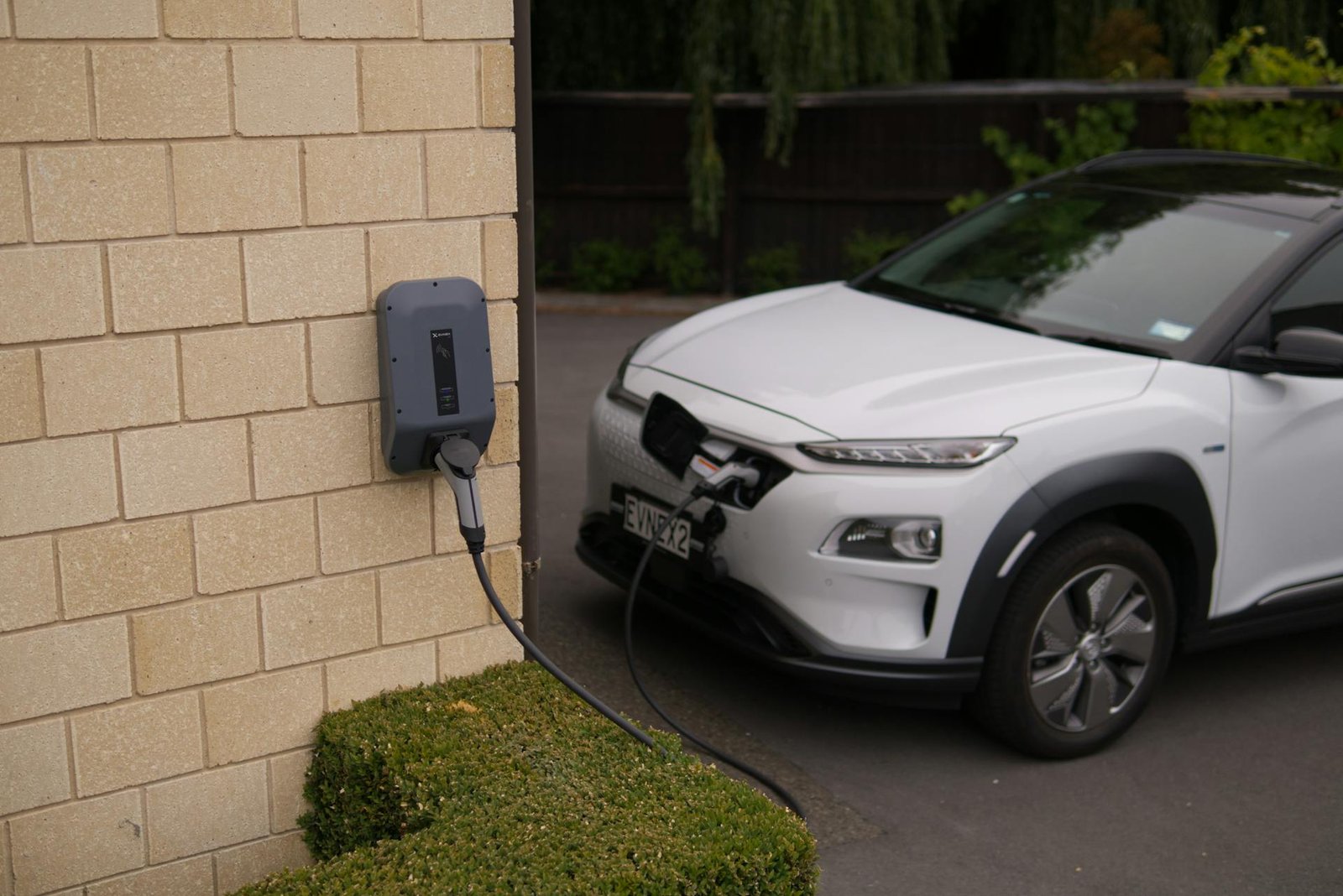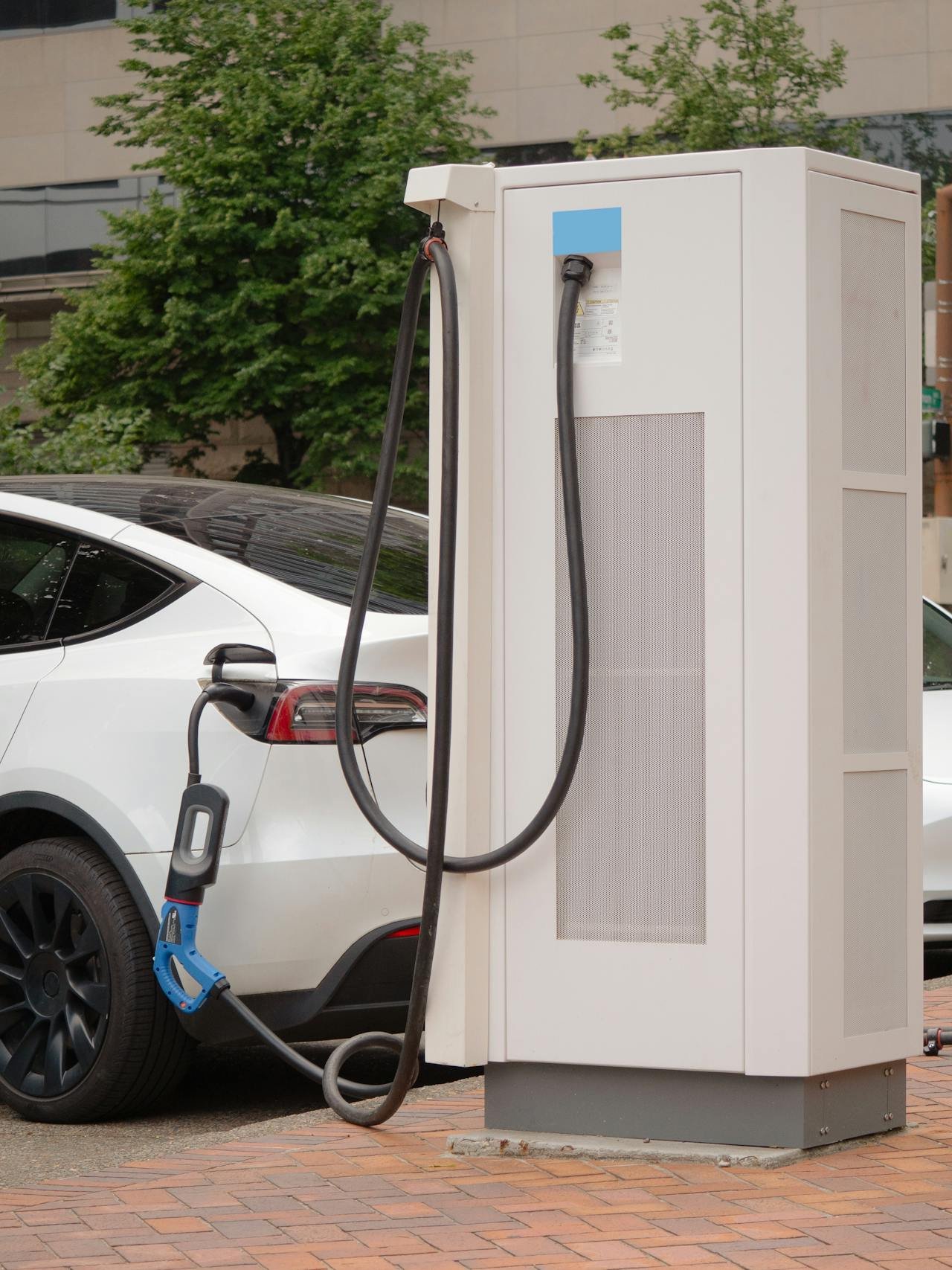Ev-Charger
Description
Charging stations provide connectors that conform to a variety of international standards. DC charging stations are commonly equipped with multiple connectors to charge various vehicles that use competing standards..
A charging station, also known as a charge point, chargepoint, or electric vehicle supply equipment (EVSE), is a power supply device that supplies electrical power for recharging plug-in electric vehicles (including battery electric vehicles, electric trucks, electric buses, neighborhood electric vehicles, and plug-in hybrid vehicles). There are two main types of EV chargers: Alternating current (AC) charging stations and direct current (DC) charging stations. Electric vehicle batteries can only be charged by direct current electricity, while most mains electricity is delivered from the power grid as alternating current. For this reason, most electric vehicles have a built-in AC-to-DC converter commonly known as the "onboard charger" (OBC). At an AC charging station, AC power from the grid is supplied to this onboard charger, which converts it into DC power to recharge the battery. DC chargers provide higher power charging (which requires much larger AC-to-DC converters) by building the converter into the charging station instead of the vehicle to avoid size and weight restrictions. The station then directly supplies DC power to the vehicle, bypassing the onboard converter. Most modern electric car models can accept both AC and DC power. Charging stations provide connectors that conform to a variety of international standards. DC charging stations are commonly equipped with multiple connectors to charge various vehicles that use competing standards..












Post Comment